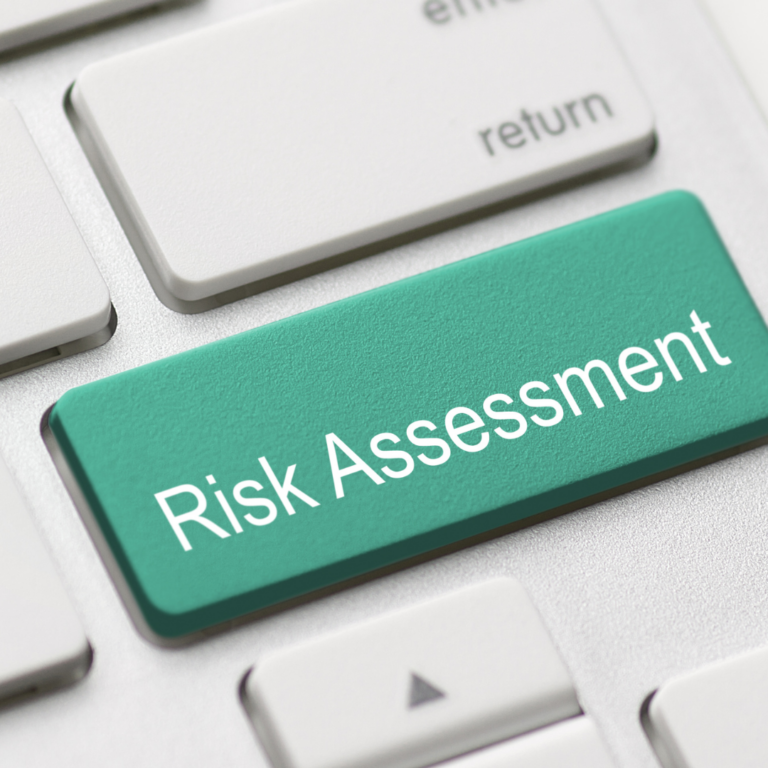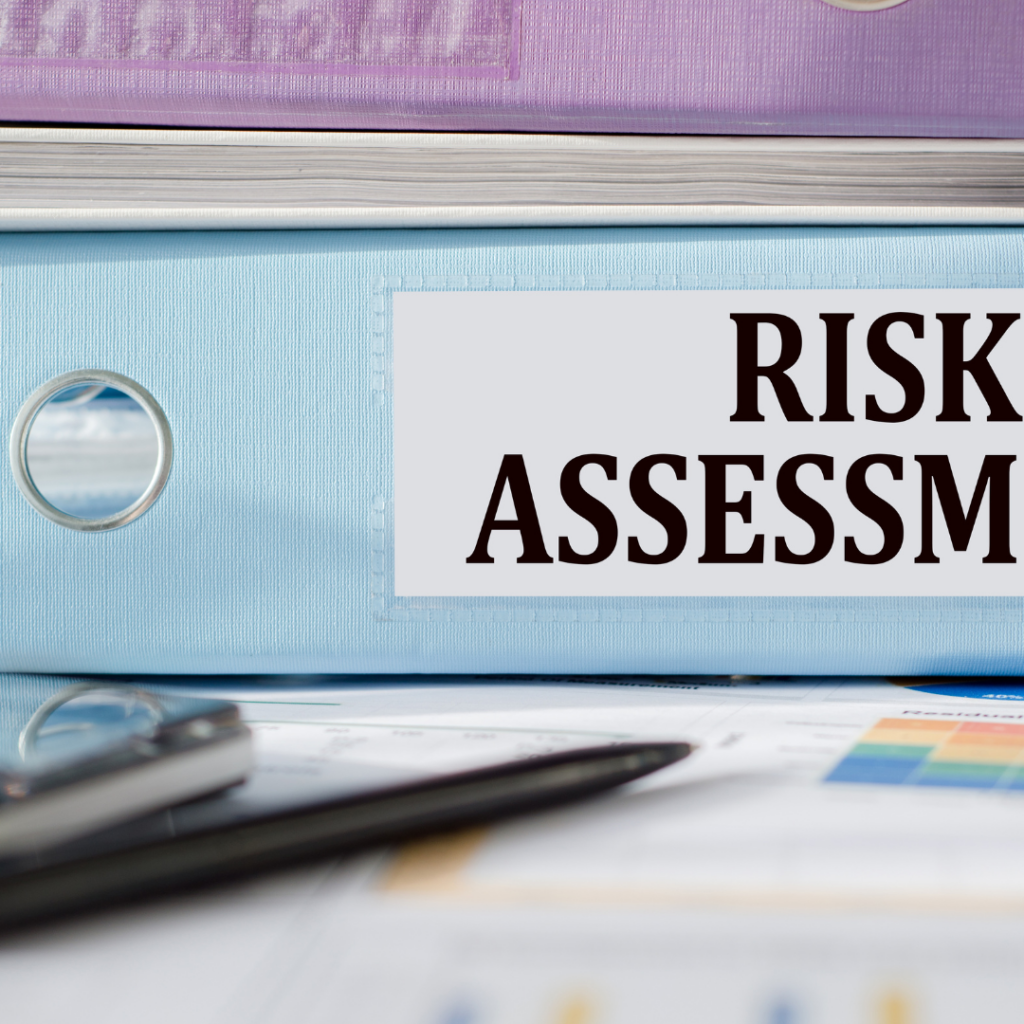Working hours
Mon - Fri: 8am to 5pm
Mon - Fri: 8am to 5pm
Share

Risk assessments are crucial for ensuring safety in early years environments, but too often they become just another box to tick.
Understanding their true purpose is essential for protecting children, staff, families, and the business itself.
A robust risk assessment process not only identifies potential hazards but also provides actionable steps to mitigate them, making it a cornerstone of effective safety management.

Risk assessments shouldn’t be confined to a folder, only to be dusted off for an annual review.
They are essential for creating and maintaining a secure environment.
For instance, a risk assessment for playground equipment should include regular checks for wear and tear, not just a one-time inspection.
If we treat risk assessments merely as formalities, we risk overlooking hazards like these, which could lead to accidents.
To be truly effective, risk assessments must be dynamic, regularly updated, and integrated into our daily routines.
This involves not just a once-a-year review but ongoing vigilance and adjustment as new risks emerge.

In the hustle of early years settings, it’s tempting to rush through safety checks or postpone addressing minor issues.
For example, delaying the repair of a loose stair banister might seem like a minor oversight, but it could result in a serious fall if not addressed promptly.
Similarly, if a headcount is missed during transitions from indoors to outdoors, children might be left behind or, worse, go missing.
This complacency can also have far-reaching legal implications and tarnish the setting’s reputation.
Incidents that could have been prevented through timely action might lead to legal actions, financial penalties, and a loss of trust among families.
Ensuring all potential hazards are addressed swiftly is crucial to maintaining a safe environment and avoiding these negative outcomes.

Risk management often doesn’t receive the attention it deserves.
With numerous demands on time and resources, it’s easy to let paperwork and procedures slide.
Yet, during an Ofsted inspection, poor health and safety management can significantly impact the overall grading, regardless of the quality of education provided.
Ofsted inspectors will scrutinise how well staff understand and implement risk management policies. They will ask for examples of how hazards are identified and addressed and may even conduct interviews with staff to assess their knowledge of safety procedures.
For instance, staff should be able to explain how they conduct risk assessments and describe recent adjustments made based on these assessments.
Ensuring that every staff member, not just the managers, is well-versed in these processes is crucial for both compliance and safety..

For risk assessments to be effective, they require practical skills and regular training.
Staff responsible for these assessments need to be adept at identifying and managing risks accurately.
This involves not just performing regular checks but also understanding how to address potential issues proactively.
For instance, if a new hazard is identified, such as a damaged fence, staff should know the immediate steps to take to mitigate the risk, such as cordoning off the area and reporting the issue.
Risk assessments should be actively communicated and understood by all team members. Holding regular briefings where staff discuss recent findings and corrective actions helps ensure that safety remains a priority and that everyone is aware of their role in maintaining a secure environment.

It’s important to regularly reflect on your risk management practices to ensure they are effective.
Consider whether your staff has received adequate training on risk assessments and if these assessments are actively used and referenced.
Ask yourself if risk assessments are merely filed away or if they are an integral part of daily operations.
Conducting periodic reviews and discussions on current practices can help identify any gaps in training or implementation.
This ongoing reflection ensures that risk assessments remain practical, frequently updated, and well-understood by everyone, which is key to maintaining a safe environment.

In essence, risk assessments are more than just paperwork—they are an ongoing, active part of maintaining a safe setting.
Moving beyond complacency, investing in regular training, and ensuring practical implementation are all crucial steps in protecting everyone in your care.
By keeping risk assessments dynamic and integral to daily practices, you create a safer, more secure environment for children, staff, and families alike.
Book a place on our training course: Risk Assessment For Early Years here
This Risk Assessment for Early Years course is aimed at all practitioners who care for children.
In addition, take a look at our Risk Assessment Pack which includes all the templates and documents you need. Our easy to follow risk assessment guidance and example risk assessment forms, are designed to ensure that your team can confidently keep children safe in your setting.
With the ever-changing regulations and guidance, join our monthly newsletter to stay current and learn more about running a better childcare setting.
Simply enter your details below to join our mailing list.
"*" indicates required fields
By completing this form you are agreeing to our privacy policy You can unsubscribe at any time

Millennium House, High Street,
Studley, Warwickshire, B80 7HJ.